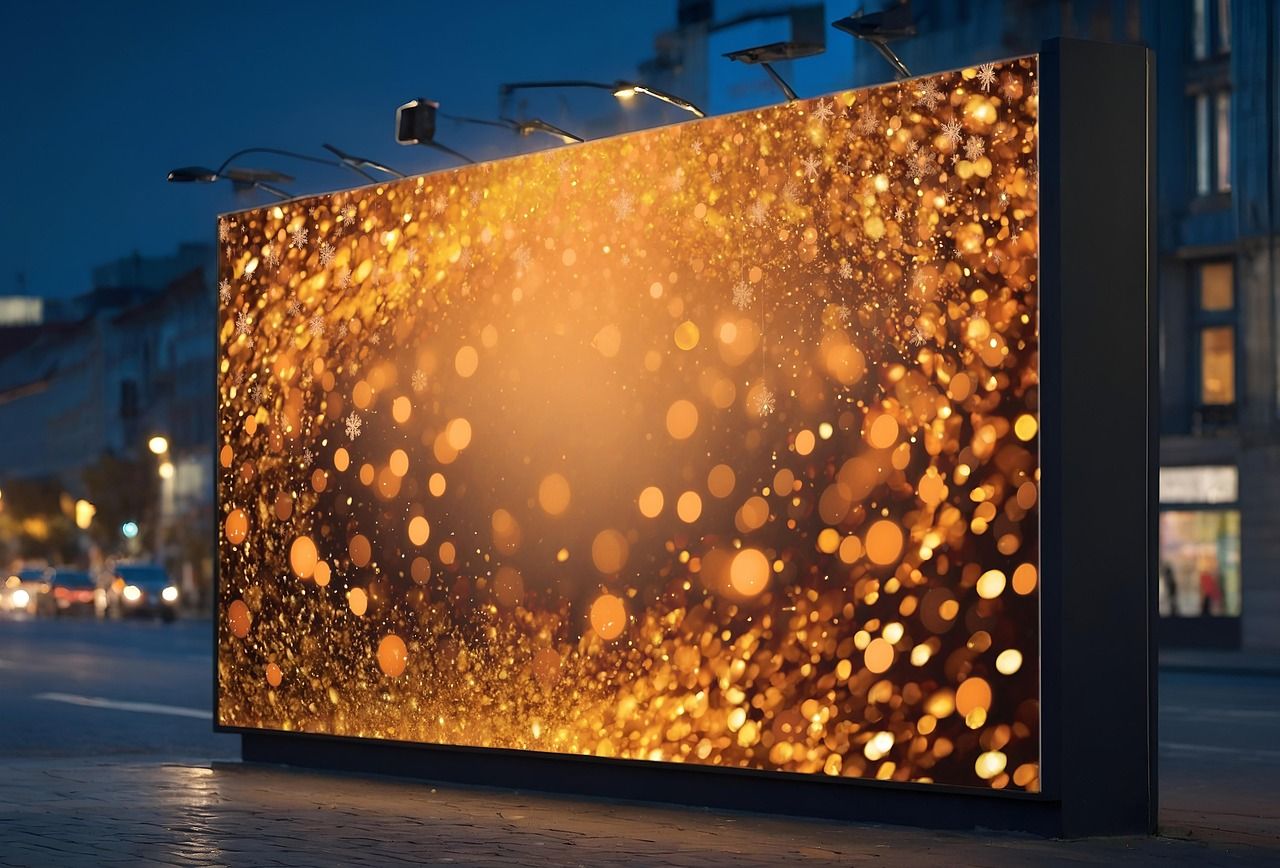Cannabis billboards in the United States: where they’re allowed, where they’re not, and the key do’s and don’ts
Billboards America makes cannabis advertising simple. Browse our map to see available boards near your dispensary or delivery service or contact us directly to plan a campaign that fits your budget and marketing goals.
Billboard rules for cannabis are set state by state in the U.S., layered on top of general highway sign laws. The common thread is simple, keep ads away from kids and avoid anything that looks like promoting use. Below is a practical, billboard-specific guide with concrete state examples and the creative guardrails most regulators expect.
Where cannabis billboards are not allowed
- New York bans cannabis advertising “in the form of a billboard” for adult-use. In practice, that means no roadside billboards for dispensaries or products. (NewYork.Public.Law)
- Ohio prohibits medical dispensaries from advertising “on a billboard.” Adult-use retail is still being implemented, so the medical ban remains the safe baseline. (Ohio Laws)
- Mississippi currently bars medical-marijuana advertising, and a federal appeals court upheld that ban in November 2024, which captures billboards too. (AP News)
Tip: even in banned states, brands sometimes buy “brand only” or corporate ads. Do not do this unless counsel confirms it’s lawful where you’re buying.
Where billboards are allowed, with strict conditions
- California allows billboards, but not on any Interstate or state highway that crosses the state border, and not within 1,000 feet of schools, day care centres or youth centres. Expect placement and content checks from the Department of Cannabis Control. (progrowth.marketing)
- Washington allows off premise cannabis billboards, though content is tightly limited, you must stay 1,000 feet from schools, parks and similar locations, and include 21+ disclaimers. (app.leg.wa.gov)
- Oregon permits outdoor cannabis advertising subject to content restrictions that avoid appealing to minors, plus other OLCC rules that affect media and promotions. (OregonLaws)
- Illinois permits billboards but bans placements within 1,000 feet of schools, parks, libraries and similar places, and forbids youth appealing imagery or a cannabis leaf graphic. (codes.findlaw.com)
- Colorado allows billboards with audience and proximity limits, including a 71.6 percent 21+ audience standard across media and a 500 foot buffer from schools and playgrounds. (Acadia Content Solutions)
- New Jersey allows billboards if you can reasonably show at least 71.6 percent of the audience is 21+, and you include required warnings. Local siting rules still apply. (Legal Information Institute)
- Connecticut permits billboards but applies the strictest common buffer, 1,500 feet from schools, day care centres and playgrounds, and bars out of state licensees from advertising on Connecticut billboards. (Legal Information Institute)
- Arizona allows billboards identified to a licensed seller. In 2025, lawmakers moved to tighten ad rules further, including limits aimed at protecting under-21s. (azleg.gov)
- Nevada allows outdoor ads with disclosures and content limits set by the Cannabis Compliance Board and statute. Expect youth appeal bans and distance rules. (Pennsylvania Government)
- Rhode Island lifted its billboard ban and now allows outdoor ads under new guidance issued by the state regulator. (Patch)
Local overlays still matter. City sign codes and state highway advertising control acts can add extra siting limits, even when cannabis regulators allow a billboard.
What you can do on a compliant cannabis billboard
Keep it clean, clear and adult facing.
- Stick to brand name, store name, logo, location, web address or QR, contact details, business hours, and a short brand line. Where required, add a 21+ or similar warning. Washington and other states explicitly require 21+ language. (app.leg.wa.gov)
- Verify audience where the state expects it. New Jersey and Colorado use the 71.6 percent 21+ audience standard across media. Your OOH partner can help you document it. (Legal Information Institute)
- Respect distance buffers. Plan creative and placement so you are outside 500–1,500 feet of schools, playgrounds, libraries, parks and day care centres, depending on the state. (codes.findlaw.com)
What you cannot do on a cannabis billboard
Avoid anything regulators link to youth appeal or promoting use.
- No cartoons, toys, celebrities popular with minors, or images that appeal to children. This is near-universal across states. (OregonLaws)
- Do not depict consumption or make health or therapeutic claims. Oregon, Washington and others prohibit this outright. (OregonLaws)
- Avoid price forward promos, coupons, giveaways, or potency call outs where barred. Many states restrict discounts and promotional advertising visible to the public. (masscannabiscontrol.com)
- Do not place on banned corridors. In California, never on Interstates or state highways that cross the border. In New York, no billboards at all. (progrowth.marketing)
Highway and siting nuances that trip people up
- California corridors: a board can be legal one exit and illegal the next if a route becomes a border crossing highway. Your media plan needs a highway by highway check. (progrowth.marketing)
- 1,000-foot rings: in states like Washington and Illinois, the buffer is measured from the perimeter of restricted properties, not just the building. GIS the parcel lines before you book. (app.leg.wa.gov)
- Cross-state ads: some states limit ads by out of state licensees. Connecticut is explicit, which matters for border buys. (Legal Information Institute)
Fast compliance workflow before you book
- Pick the state and city, then pull the cannabis specific rule and the general highway sign code.
- Map buffers around schools, parks and youth centres to rule out boards quickly.
- Check the roadway class and border status, especially in California.
- Clear creative for content bans and include the required 21+ or health warning, if applicable.
- Keep records of audience composition and placements for regulators.
Final word
Rules move. Legislatures tweak statutes, and regulators issue bulletins that change the fine print. If you share the state and the exact corridor you want, I’ll apply the latest state code and local sign rules to a ready to book shortlist and supply a compliant creative template for that state.


